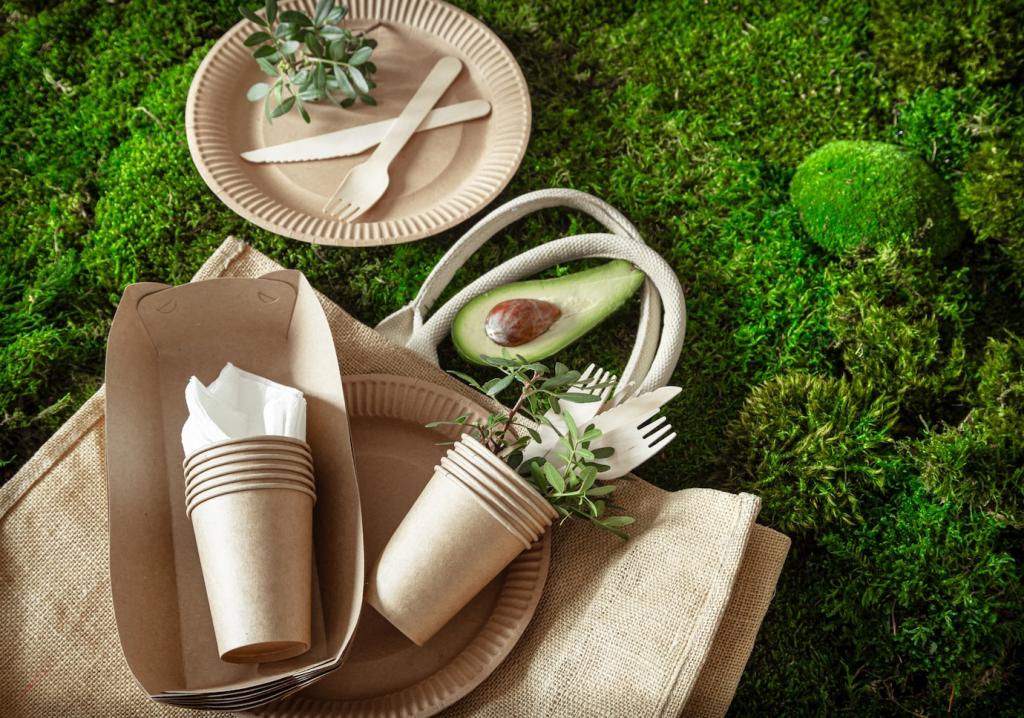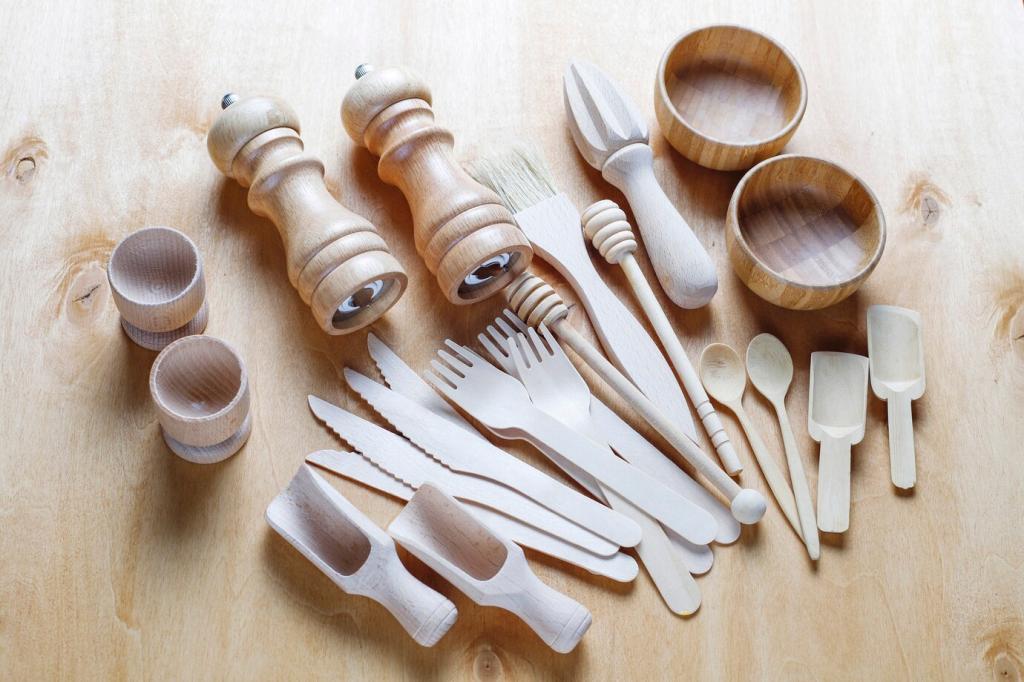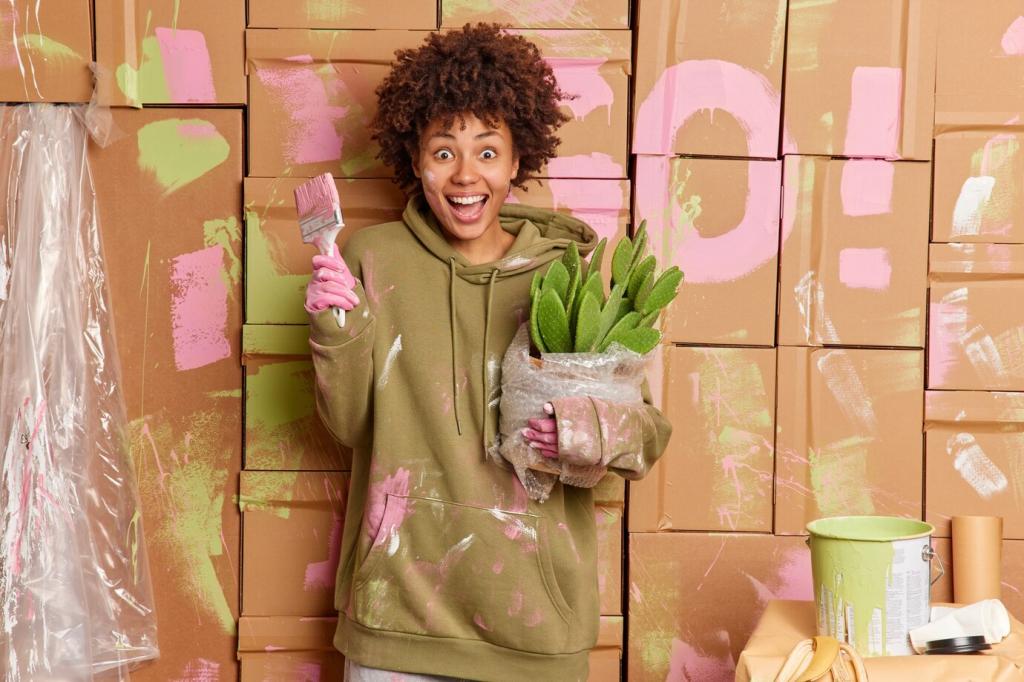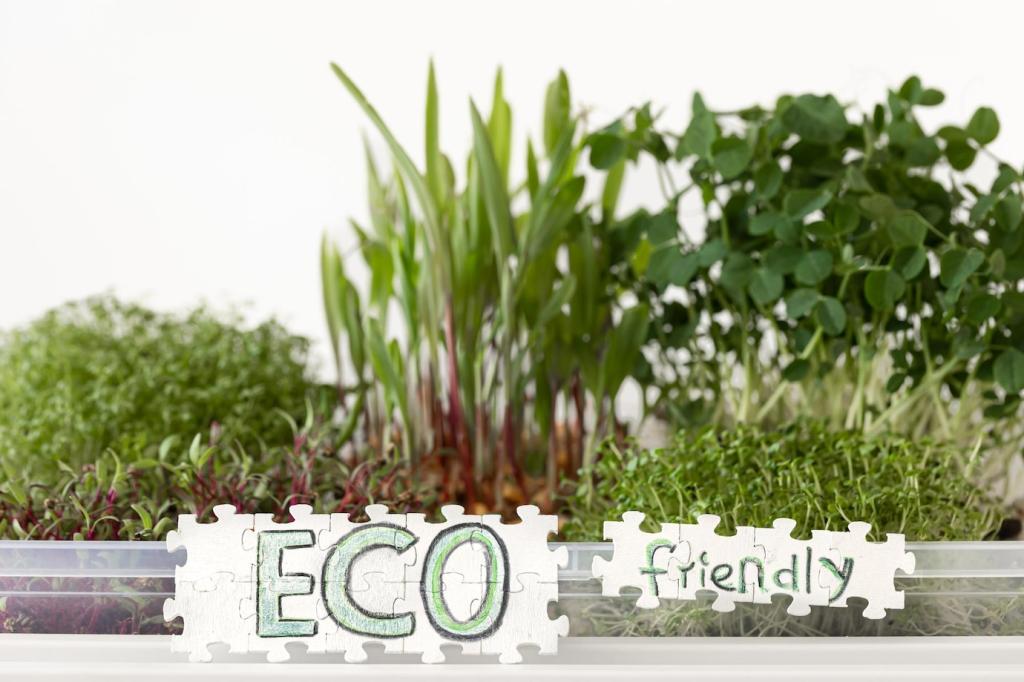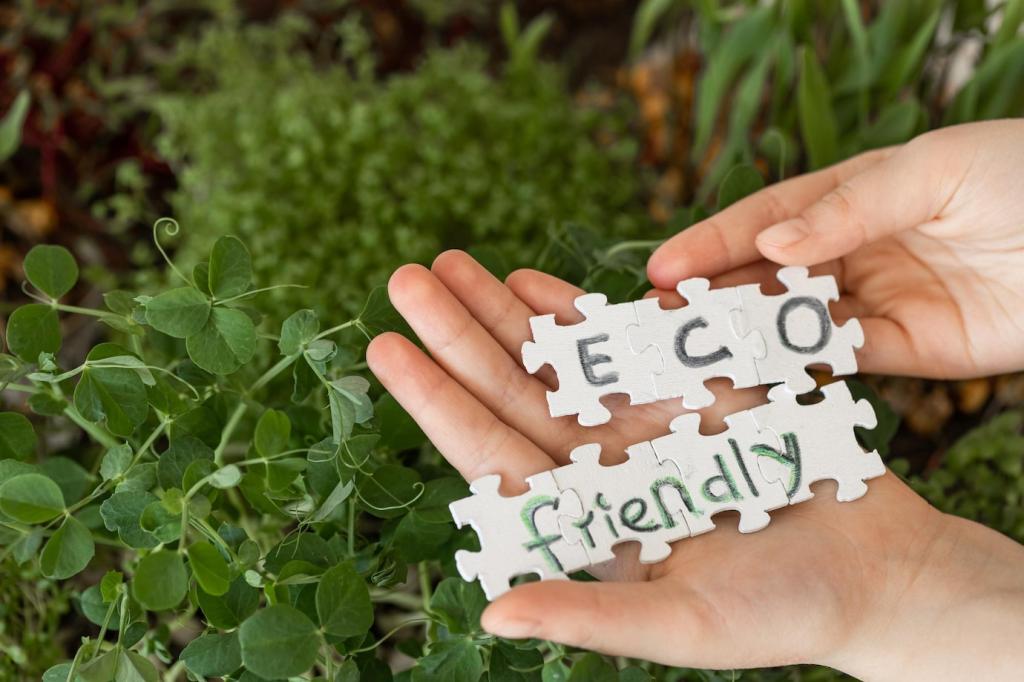Style and Story: Make Your Repurposed Piece Belong
Source salvaged knobs and pulls, clean with vinegar, and seal lightly to prevent rust. Mix metals thoughtfully for dimension. Post a photo of three hardware options on your piece; we’ll vote on the best fit together.
Style and Story: Make Your Repurposed Piece Belong
Use organic cotton runners, linen cushions, and low-maintenance plants to soften edges. Position near filtered light to protect finishes. Tell us about your room’s light patterns, and we’ll suggest placement to minimize sun fade and glare.

